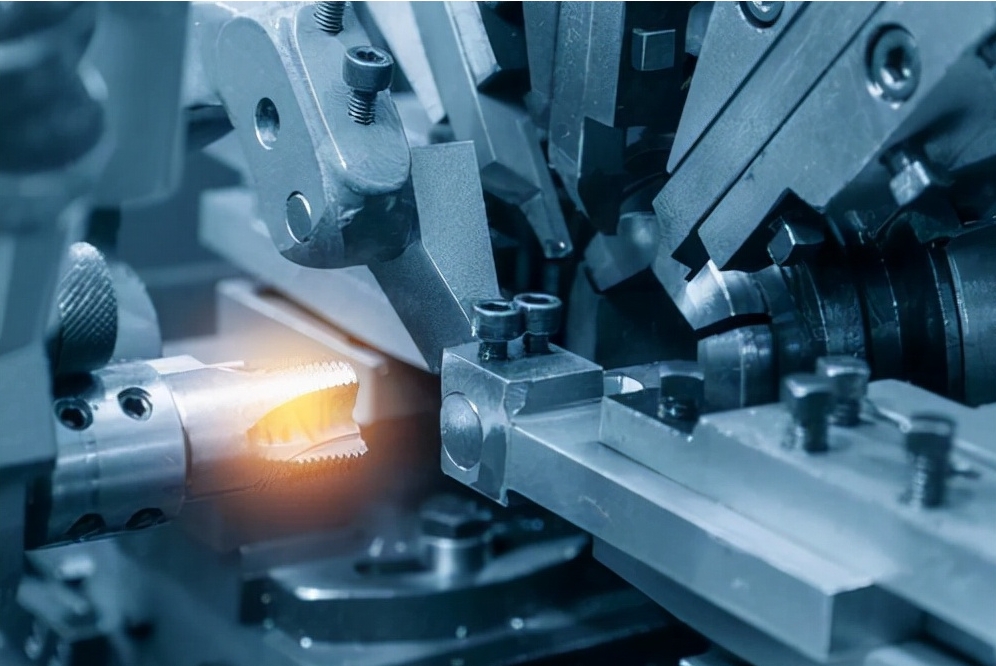From Concept to Reality: The Central Role of CNC Machining in Product Manufacturing+ View more
From Concept to Reality: The Central Role of CNC Machining in Product Manufacturing
+ View more
Date:2024-04-12 16:00
The journey from an initial concept to a tangible product is often complex and demanding. In the heart of this transformative process, Computer Numerical Control (CNC) machining plays a pivotal role, bridging the gap between digital blueprints and the final physical form. CNC technology has revolutionized the manufacturing world, allowing designers and engineers to turn their most intricate visions into real-world products with precision that was once unthinkable.
Transforming Ideas Into Engineered Designs
The first step in any manufacturing process begins with an idea. This idea is meticulously translated into detailed designs using Computer-Aided Design (CAD) software, which creates the digital 3D models required for production. These models contain all the geometrical data necessary to manufacture the part, including dimensions, tolerances, and surface finishes.
From CAD to CAM to CNC
Once the design phase is completed, the CAD model is processed by Computer-Aided Manufacturing (CAM) software. Here, the model is broken down into a series of precise instructions in a language that CNC machines understand—this is commonly known as G-code. The CAM software determines the tool paths, cutting speeds, and other essential parameters based on the complexity of the design, the type of material being used, and the desired end result.
The Precision Workhorse: CNC Machinery in Action
CNC machines come into their own during the production phase. They can operate around the clock, milling, drilling, turning, and grinding materials with robotic consistency. Their ability to execute G-code with high fidelity means that every curve, angle, and edge closely adheres to the original design specifications. Whether it's a single prototype or mass-produced parts, CNC machining ensures that each piece matches the one before it perfectly.
Material Mastery and Versatility
One of the strengths of CNC machining lies in its versatility with materials. Metals like aluminum and steel, plastics such as ABS and polycarbonate, and specialty composites can all be manipulated by these machines. Each material presents its own set of challenges—from temperature sensitivity to brittleness—but CNC systems are equipped to handle these with specific tooling choices and machining strategies.
Quality Assurance and Repeatability
In manufacturing, consistency is king. CNC machining excels in producing parts that meet stringent quality standards time after time. With automated processes, the likelihood of human error is greatly reduced, and sophisticated monitoring ensures that even the most subtle deviations from the plan are caught and corrected.
Case Study in Aerospace Engineering
An illustrative example of CNC machining's impact can be seen within the aerospace industry. Here, components not only need to be light and strong but often require complex geometries that traditional manufacturing methods struggle to achieve. An aerospace company might use CNC machining to create a crucial engine component designed to withstand extreme temperatures and pressures. The ability to repeatedly produce such high-precision parts is critical for the safety and reliability of aircraft and is a testament to the central role CNC technology holds in modern manufacturing.
CNC machining is the silent yet powerful force that turns the abstract into the actual. Its central role in product manufacturing cannot be overstated—without it, many of the innovations that define the modern world would simply not be possible. As we continue to push the boundaries of invention and design, CNC machining will remain an indispensable ally in the quest to manifest the next generation of products.
Share to:
Recommend wonderful blog posts

